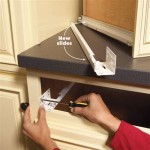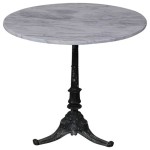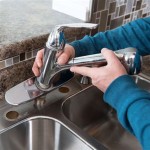Composting is a great way to reduce food waste and turn organic materials into valuable nutrients for your garden. With a kitchen compost caddy, you can easily and conveniently compost your kitchen scraps and leftovers right in your own home. In this guide, we’ll explore the basics of composting and the different types of kitchen compost caddies available.
What is Composting?
Composting is a natural process of recycling organic materials through decomposition. Organic materials such as food scraps and yard waste can be broken down by bacteria, fungi, and other organisms into a rich soil amendment known as compost. Compost can be used to improve soil structure, increase water retention, and provide essential nutrients to plants.
Types of Kitchen Compost Caddies
There are several types of kitchen compost caddies available, each with their own benefits and drawbacks. Here’s a quick overview of the different types:
- Countertop Compost Caddy: Countertop compost caddies are small containers that sit on your countertop and hold kitchen scraps. They’re usually made of plastic or stainless steel, and they often have a handle for easy carrying and a lid to keep odors and pests out.
- Under-Sink Compost Caddy: Under-sink compost caddies are similar to countertop compost caddies, but they’re designed to fit under your kitchen sink. They’re a great option if you don’t have much counter space, as they can be tucked away out of sight.
- Outdoor Compost Caddy: Outdoor compost caddies are larger containers that are designed for outdoor use. They’re usually made of plastic or metal and have a lid to keep out pests and odors.
How to Choose the Right Compost Caddy
When choosing a kitchen compost caddy, there are a few things to consider. First, think about how much kitchen waste you produce. If you have a large family or cook a lot, you’ll want to choose a larger caddy. If you only have a few kitchen scraps, a smaller countertop caddy may be a better option. Second, consider how often you’ll be emptying your caddy. If you’ll be emptying it daily, you may want to choose an under-sink caddy that can be easily accessed. Finally, think about where you’ll be storing your caddy. If you’ll be storing it outdoors, make sure to choose a durable outdoor caddy that can withstand the elements.
Tips for Using a Kitchen Compost Caddy
Once you have your kitchen compost caddy, there are a few tips to keep in mind:
- Empty your caddy regularly to prevent odors and pests.
- Line your caddy with newspaper or a compostable bag to make cleanup easier.
- Wash your caddy regularly to prevent bacteria and mold from growing.
- Choose a compostable bag or liner that is certified compostable.
- Keep your compost in a cool, dark, and well-ventilated area.
- Add a mix of green and brown materials to your compost for best results.
Conclusion
Kitchen compost caddies are a great way to reduce food waste and turn organic materials into valuable nutrients for your garden. With the right caddy and a few simple tips, you can easily and conveniently compost your kitchen scraps and leftovers right in your own home.













Related Posts









